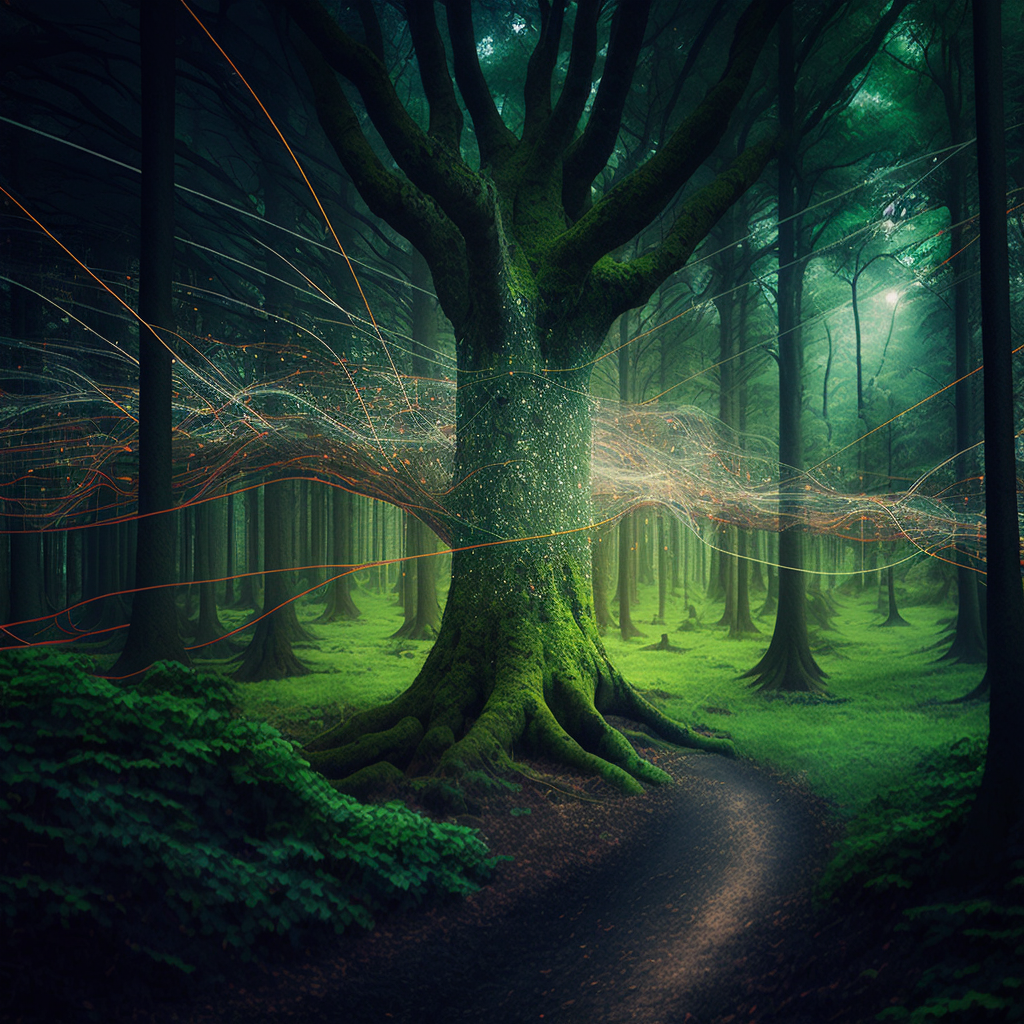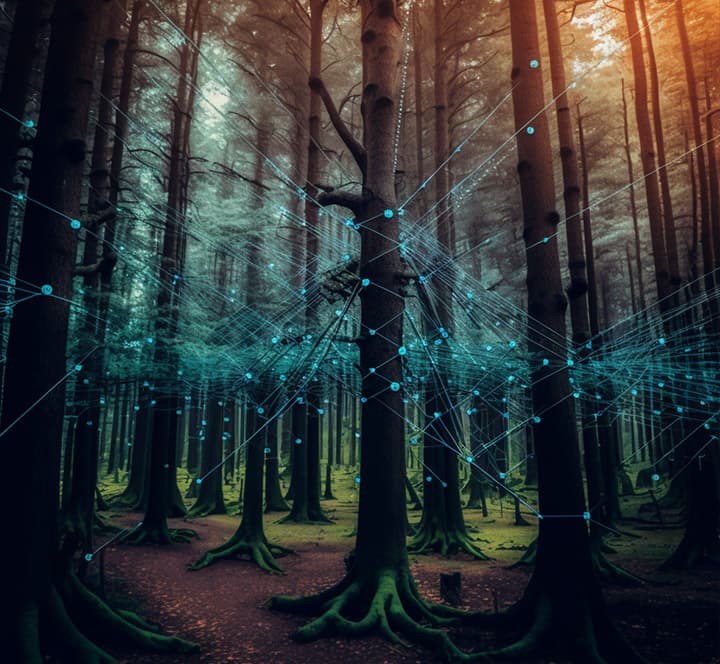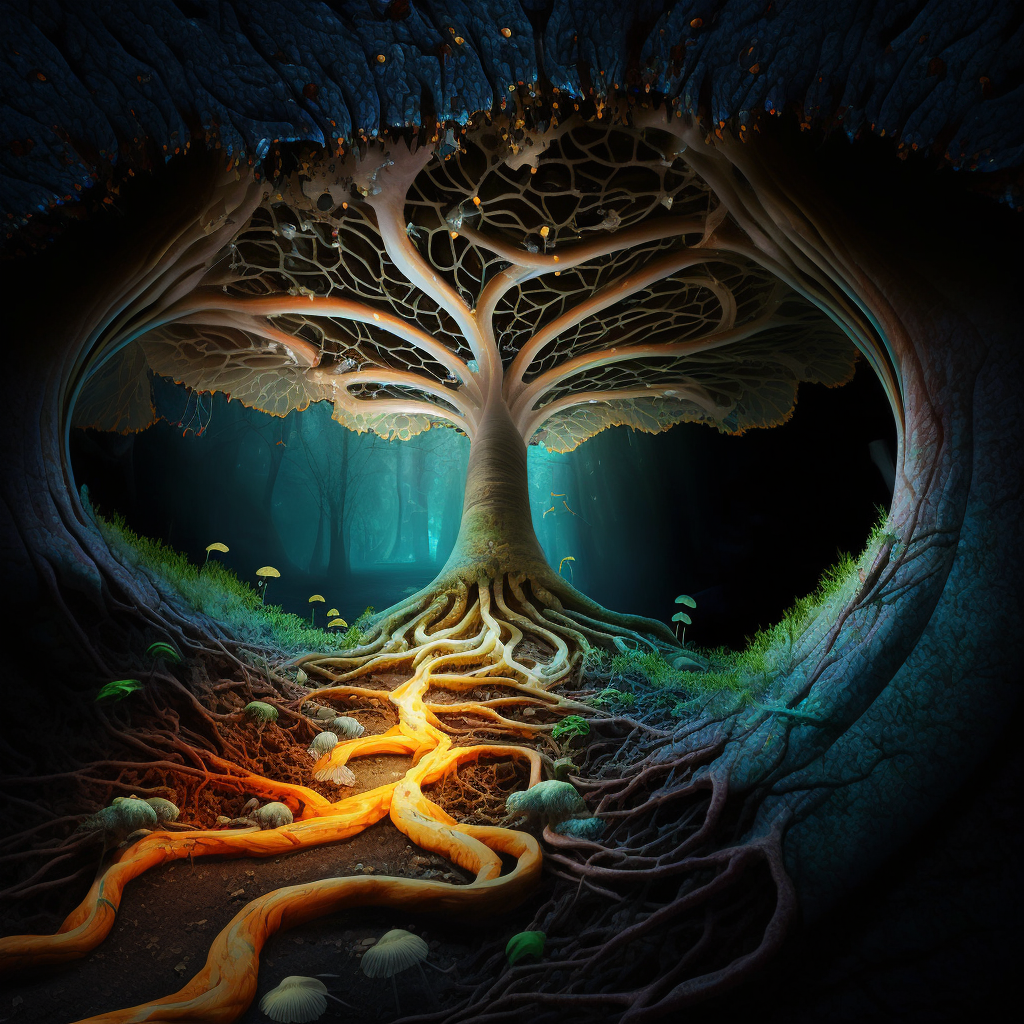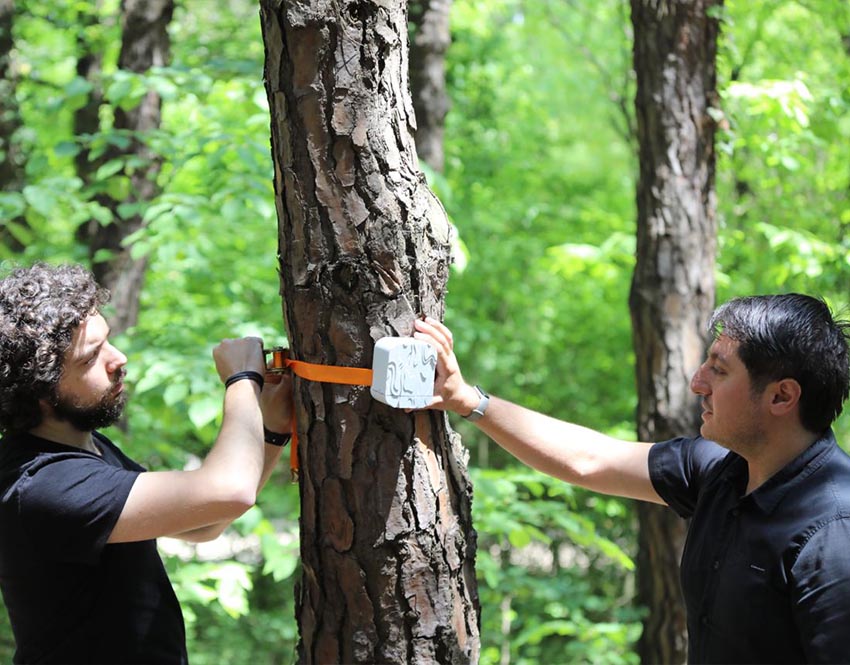
Earth is home to over one billion trees, representing over 60,000 distinct species. Trees have been around for about 400 million years. They have survived all five catastrophic extinctions that happened during that period. Trees serve as the basis of the forest and they are much more than what you see. While you may see the birds and squirrels filling the trees with sound, there is a whispering of trees happening right beneath your feet. You cannot hear it, but the forest is whispering.
Indeed, the trip begins far above the earth, in the leaves of the highest trees. These tallest trees are referred to as “ hub trees” or “mother trees” due to their role in nurturing young seedlings. Their leaves utilize abundant sunlight to produce carbohydrates through photosynthesis. Then, the substances that plants need to develop flow through the underground fungal network. It moves from areas of higher concentration to areas of lower concentration. Hence, though trees seem like individuals with no contact with their neighbors, they are connected through their root systems.





If you would like to learn more about the World’s Forests, click here.
Also, don’t miss out on our latest video content! By subscribing to our YouTube channel, you can stay informed with insightful updates.